The strange history of scuba diving that most people don’t realize
Scuba diving can take you to a world where the water is clearer than air and creatures more alien than anything from fiction exist. Did you know that the deepest scuba dive recorded was over 1,090 feet, achieved by Ahmed Gabr in 2014? It’s a sport where the human body meets its limits, and where you may even hear your own breath echo in the immense silence of the deep.
The Origin of Scuba: From Wartime Necessity to Recreational Joy
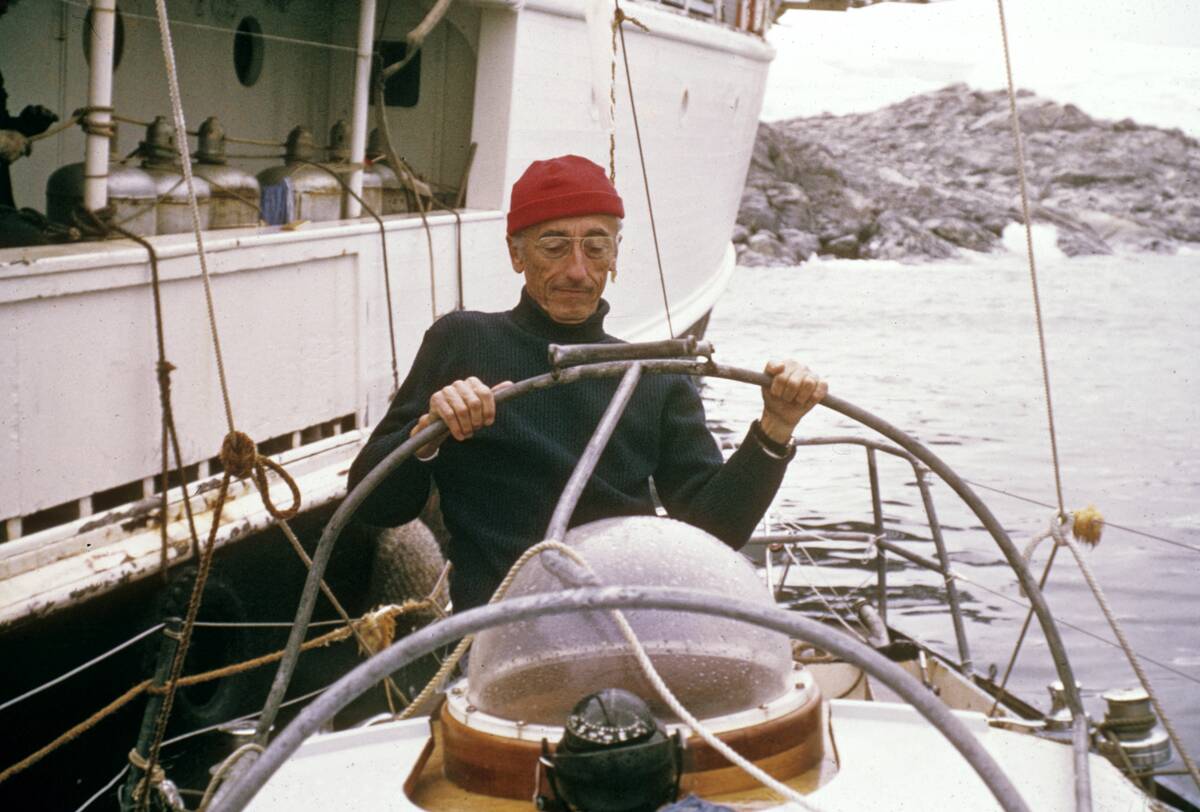
Scuba diving owes much of its existence to military innovations during World War II. The “Aqua-Lung” was developed by Jacques Cousteau and Emile Gagnan in 1943, allowing for more freedom under the sea. Post-war, the technology transitioned from military use to recreational diving, opening up an entirely new world for thrill-seekers and nature lovers alike.
The Birth of the Term “Scuba” and Its Acronymic Roots
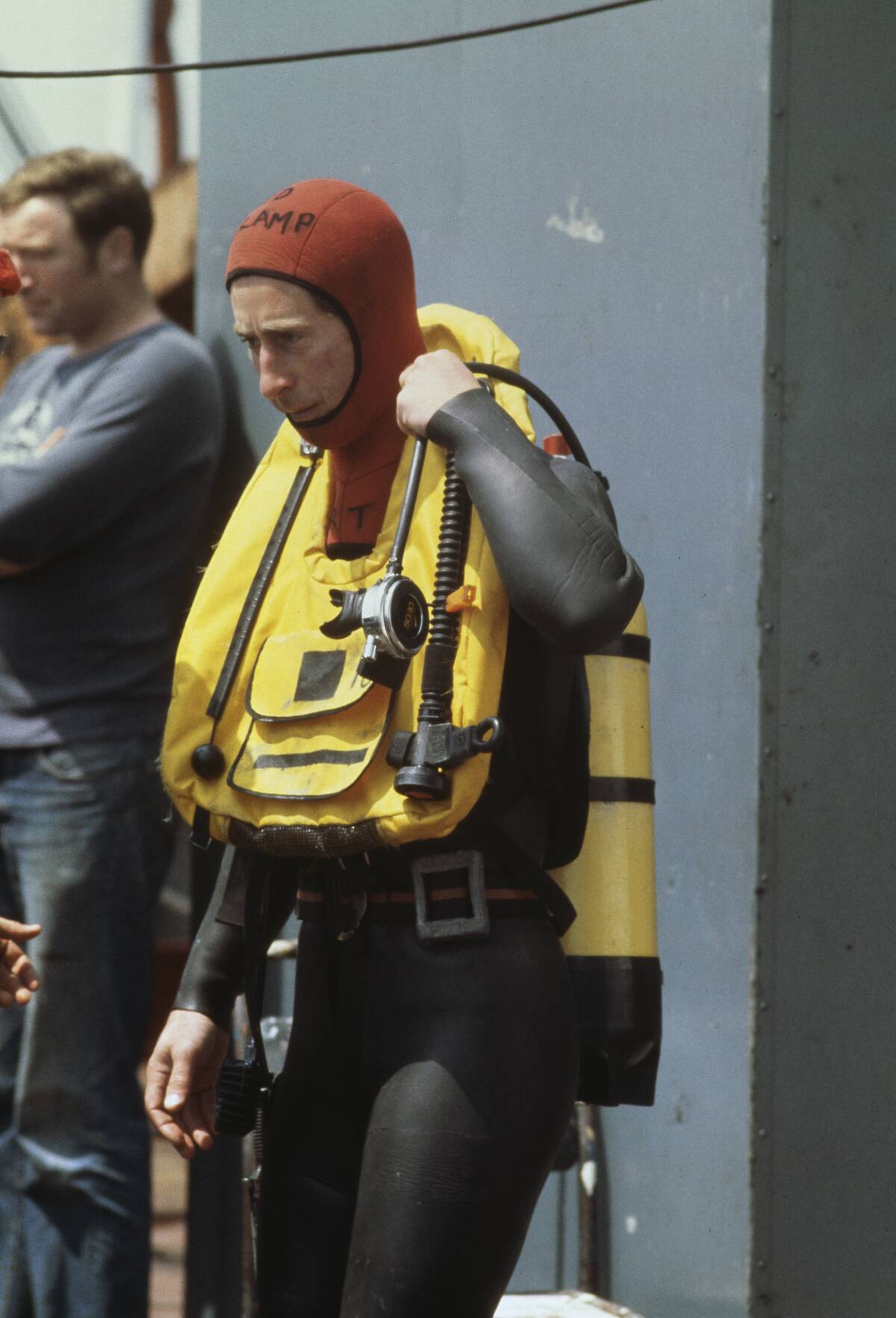
The word ‘scuba’ is actually an acronym that stands for Self-Contained Underwater Breathing Apparatus. This term was first coined in the 1950s, reflecting the technological innovation that allowed divers to carry their air supply with them. Before this, diving relied heavily on surface-supplied air, limiting mobility and exploration potential.
Dive Signals: The Underwater Language of Scuba Divers
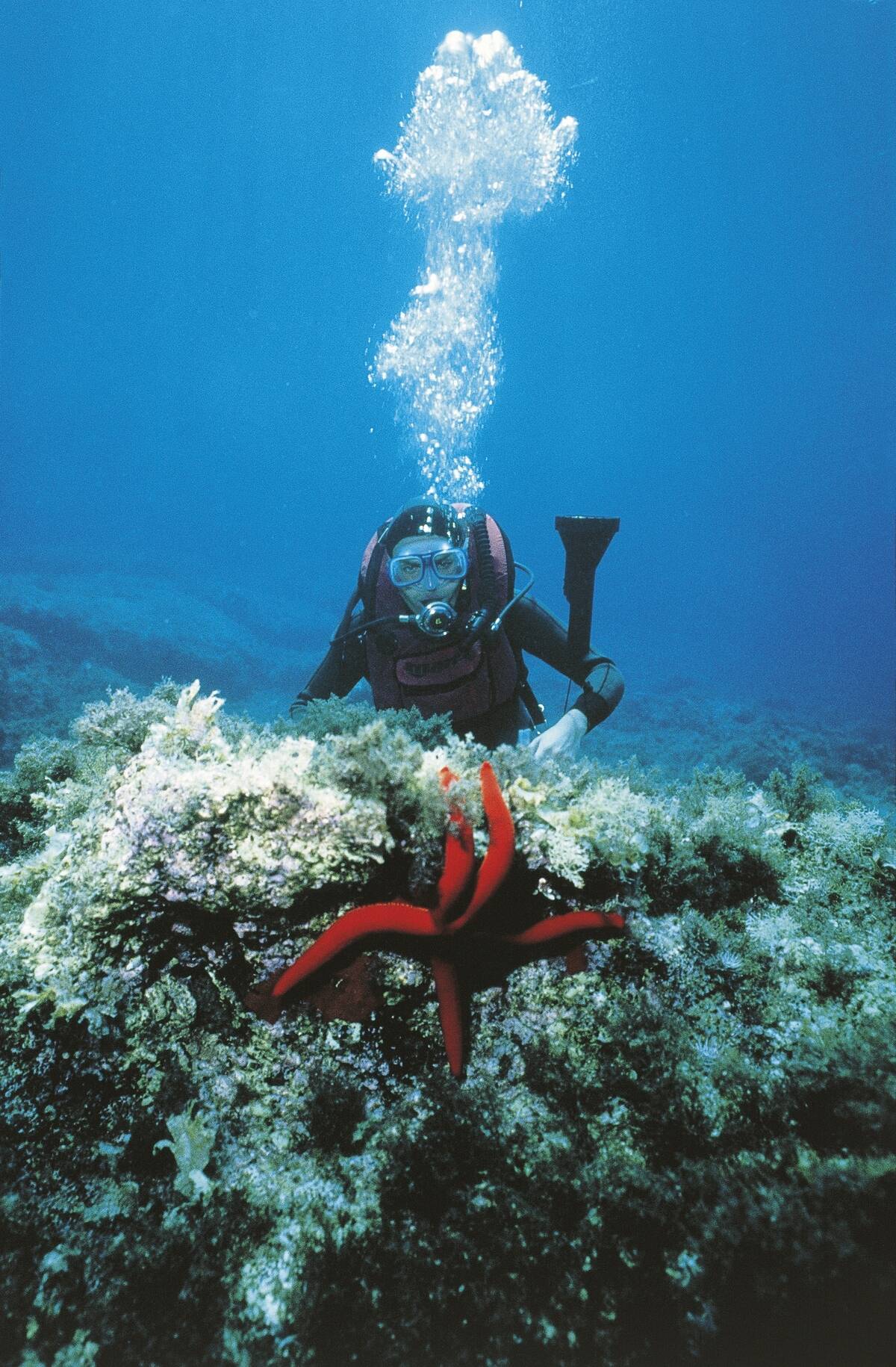
Communication underwater is a challenge, given the limitations of sound transmission and the inability to speak. Divers use a universal set of hand signals to convey messages like ‘OK,’ ‘ascend,’ or ‘danger.’ A thumbs-up means ‘let’s go up,’ not ‘everything is good,’ which is a common misconception among beginners. This silent language is crucial for safety and coordination.
Fishy Friends: Unlikely Marine Encounters While Diving
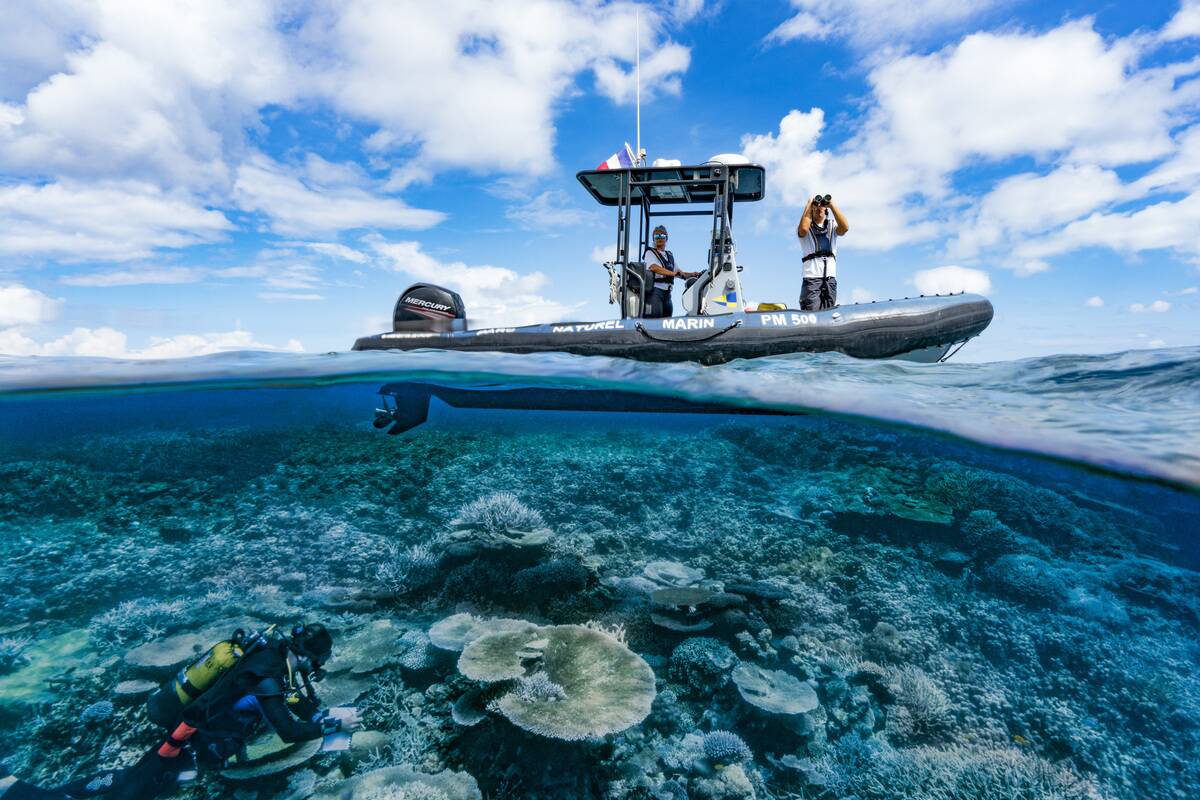
Scuba divers often find themselves face-to-face with ocean dwellers like the curious octopus or playful dolphins. One unexpected encounter might be the sunfish or mola mola, known as the world’s heaviest bony fish. These gentle giants can weigh up to 2,200 pounds and are often seen basking in the sunlight at the ocean’s surface, creating a surreal experience for divers.
The Strange Phenomenon of Nitrogen Narcosis
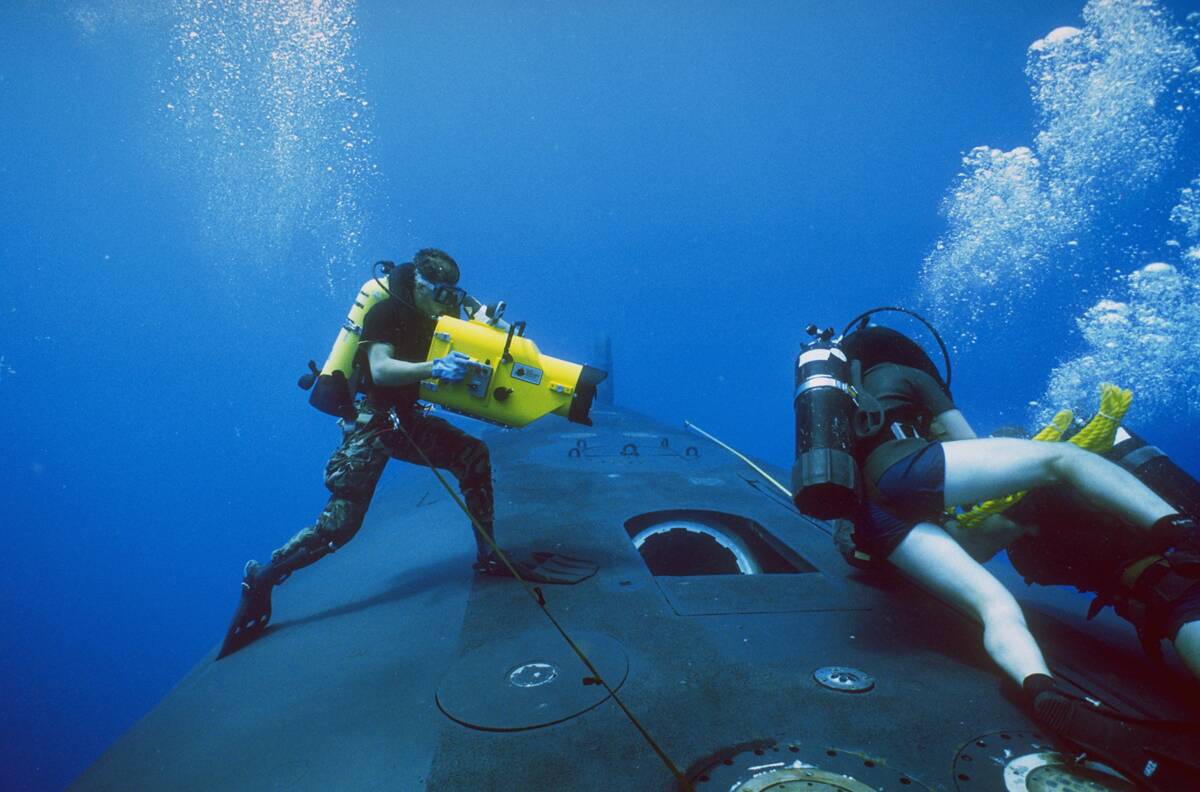
Nitrogen narcosis is an intoxicating effect experienced by divers at depths usually beyond 100 feet. This condition, sometimes called ‘rapture of the deep,’ occurs when nitrogen from the breathing gas dissolves into the bloodstream under high pressure. Divers report feeling euphoric or even confused, which is why it’s crucial to manage dive depths and time carefully.
Diving with Giants: Up Close with Whale Sharks
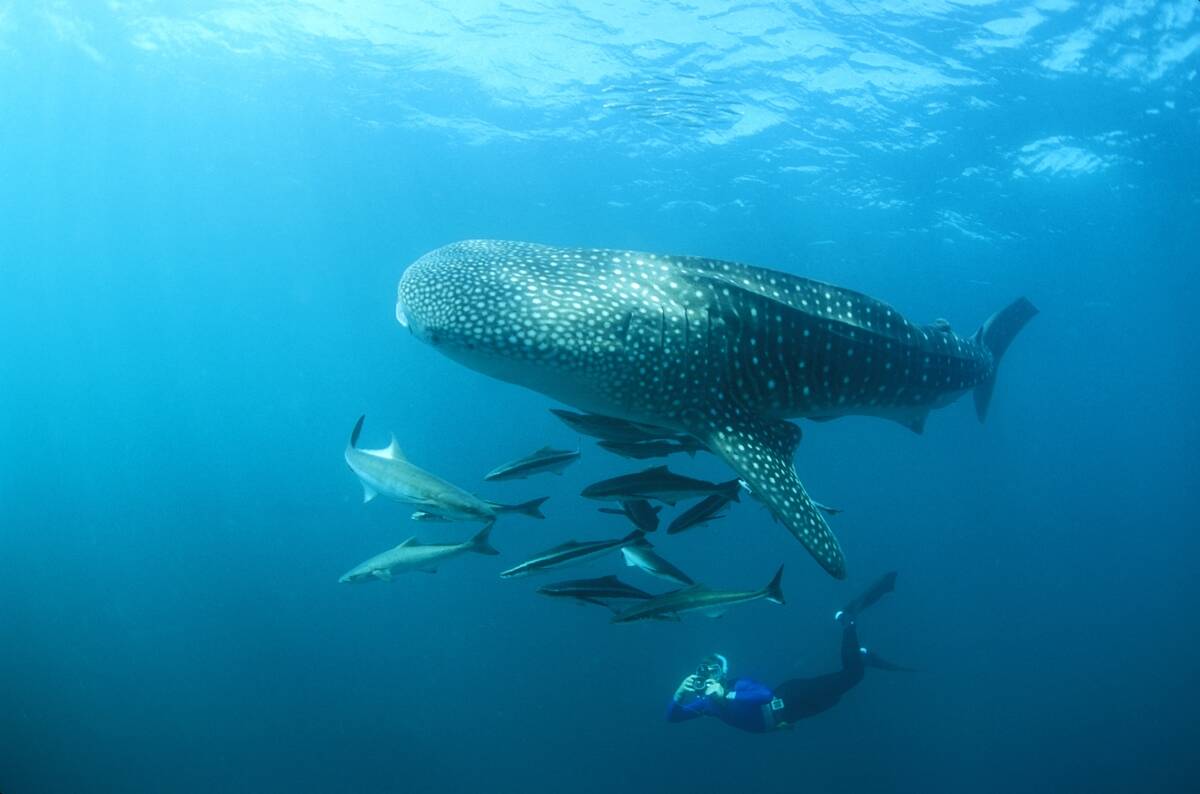
Swimming alongside a whale shark is a bucket-list moment for many divers. These filter-feeding sharks are the largest fish in the sea, reaching lengths of up to 40 feet. Despite their size, whale sharks are gentle creatures and pose no threat to humans. Locations like Ningaloo Reef in Australia and Isla Holbox in Mexico are renowned for offering unforgettable encounters with these ocean giants.
Underwater Time Travel: Exploring Sunken Ships and Lost Cities
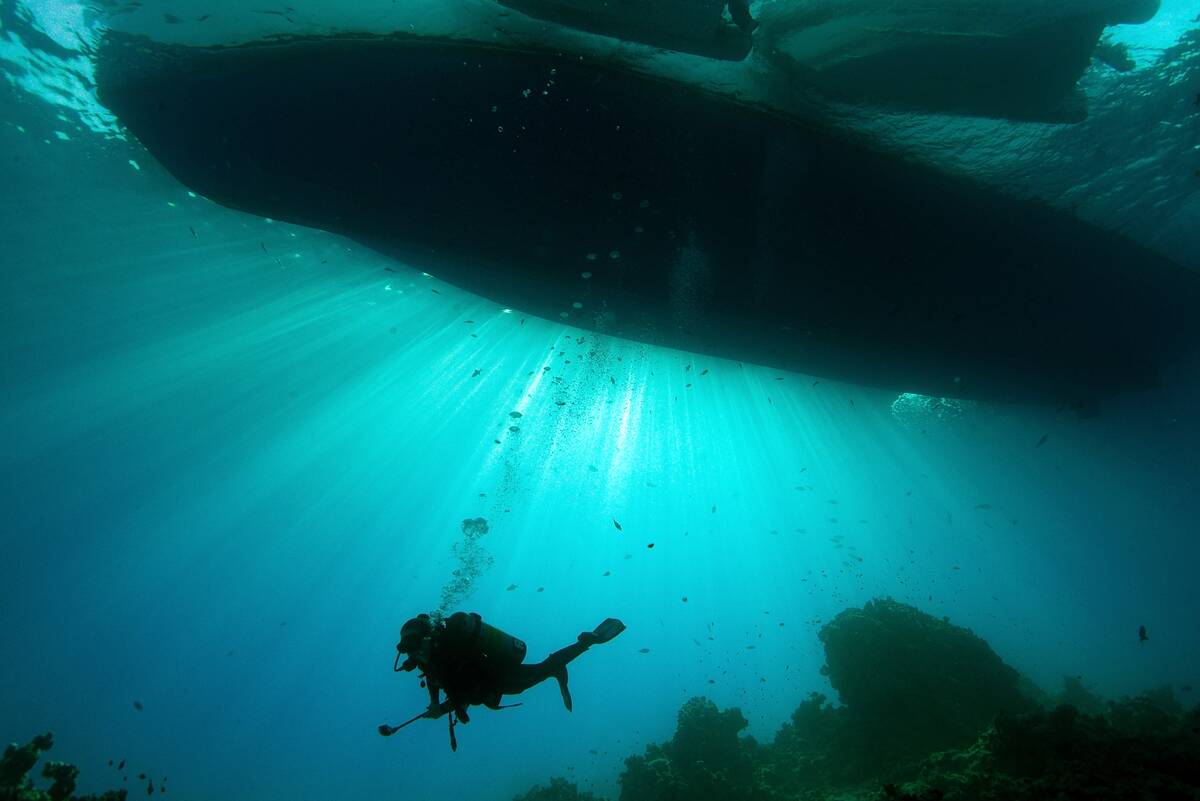
Scuba diving offers a unique form of time travel, taking adventurers to submerged historical sites. The SS Thistlegorm, a famous World War II shipwreck in the Red Sea, is a diver’s dream, complete with motorcycles, trucks, and locomotives still visible in their watery grave. Meanwhile, divers in the Mediterranean can explore ancient ruins of cities like Pavlopetri, offering a glimpse into bygone civilizations.
Scuba Diving in Unique Locations: From Volcanoes to Icebergs
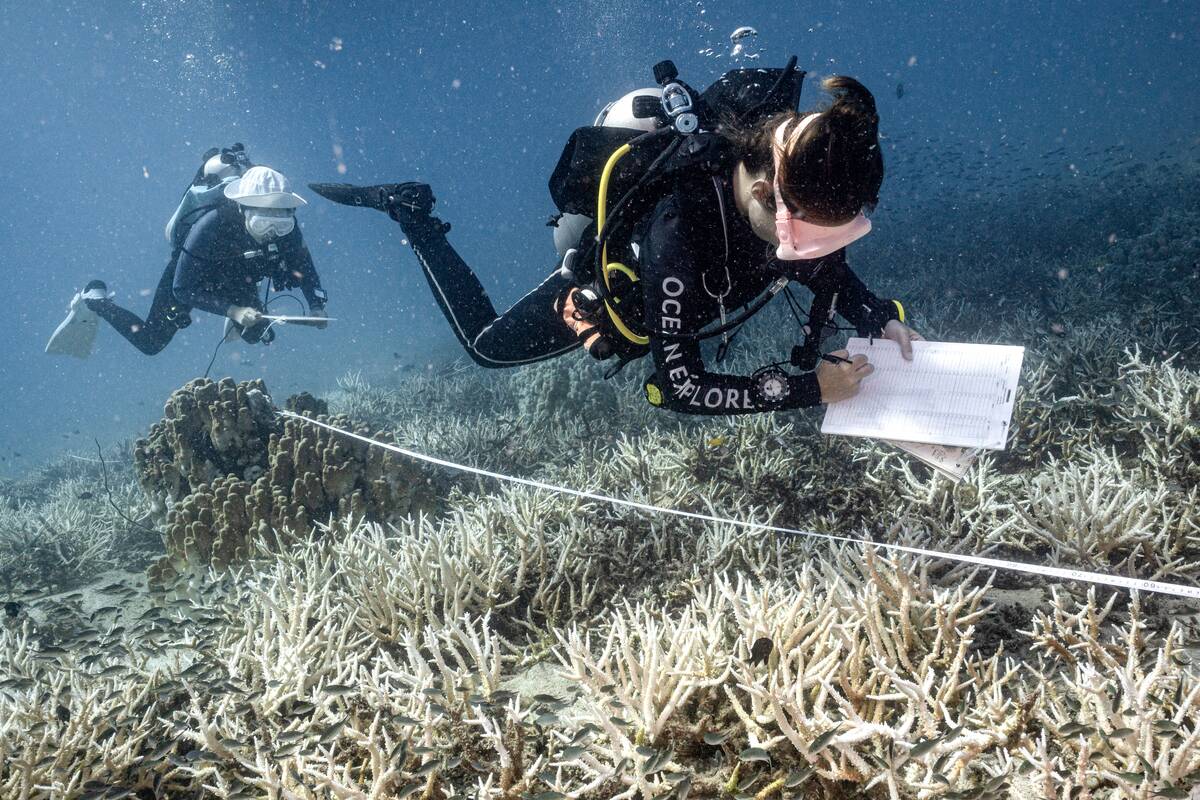
For those seeking extraordinary environments, scuba diving offers experiences in volcanic lakes and icy waters. Iceland’s Silfra fissure allows divers to swim directly between the North American and Eurasian tectonic plates. Alternatively, the Antarctic Peninsula offers ice diving, where divers encounter surreal blue icebergs and unique marine life, making it a truly once-in-a-lifetime adventure.
The Curious Case of Underwater Photography
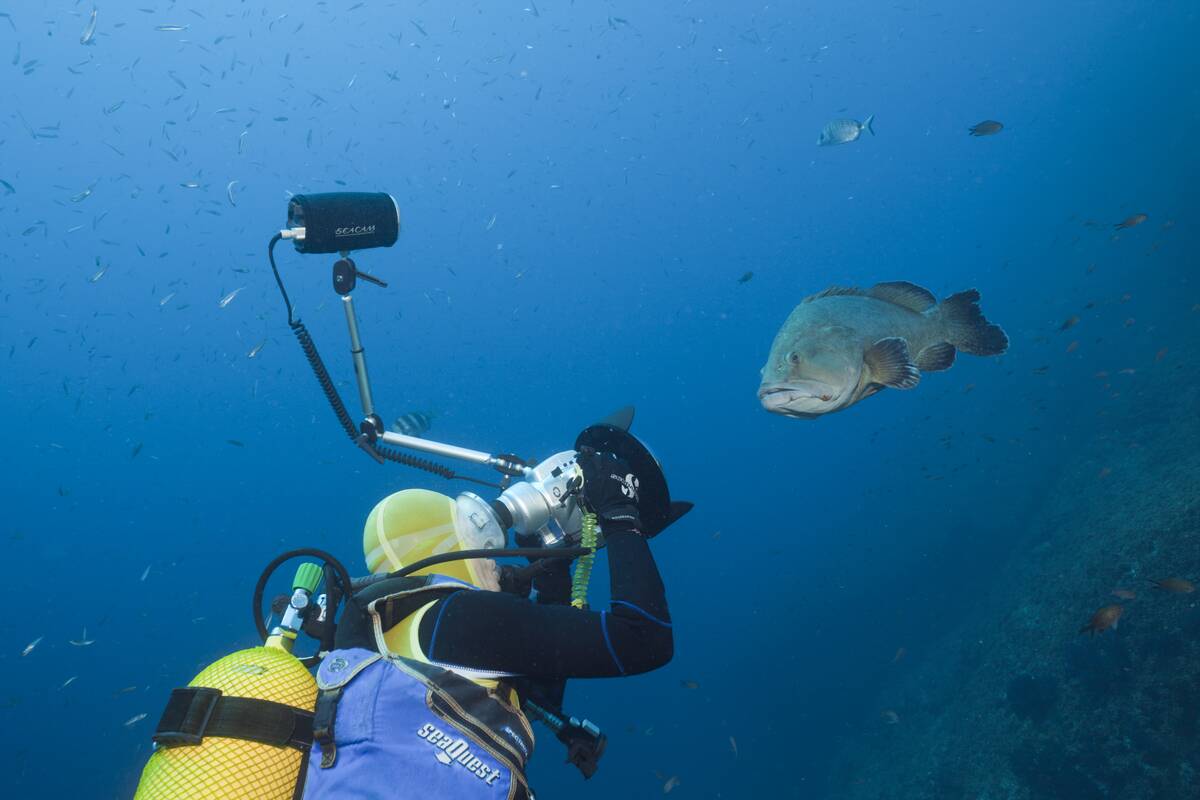
Capturing the underwater world requires specialized equipment and techniques, as light behaves differently below the surface. Colors fade with depth, with red disappearing first, which is why underwater photos often have a blue or green hue. Photographers use filters and artificial lights to restore colors, resulting in stunning images that reveal the vibrant life hidden beneath the waves.
The Depths of Fear: Overcoming Thalassophobia through Scuba
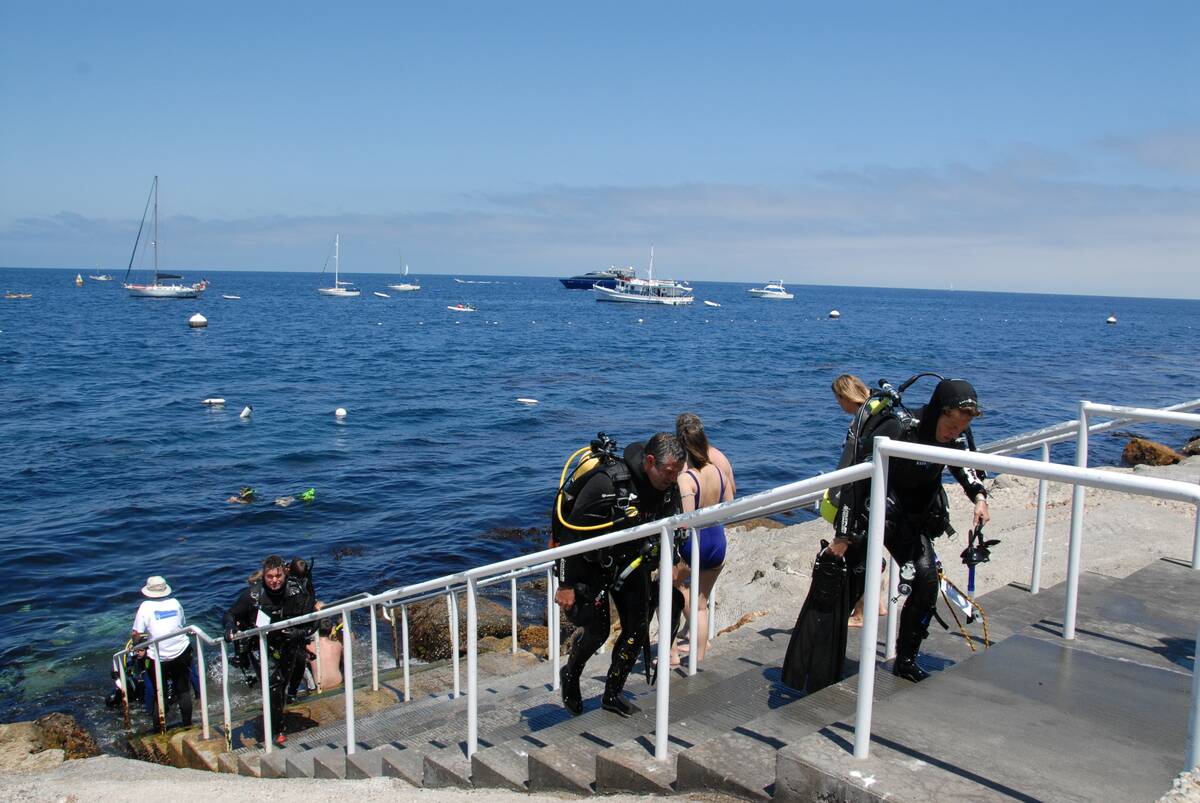
Thalassophobia, the fear of deep bodies of water, can be daunting, but scuba diving often helps individuals overcome it. The structured environment of diving courses and the support of experienced instructors can transform fear into fascination. By gradually building confidence through controlled dives, many find solace and even joy in exploring the ocean depths that once terrified them.
The Role of Scuba Diving in Marine Conservation
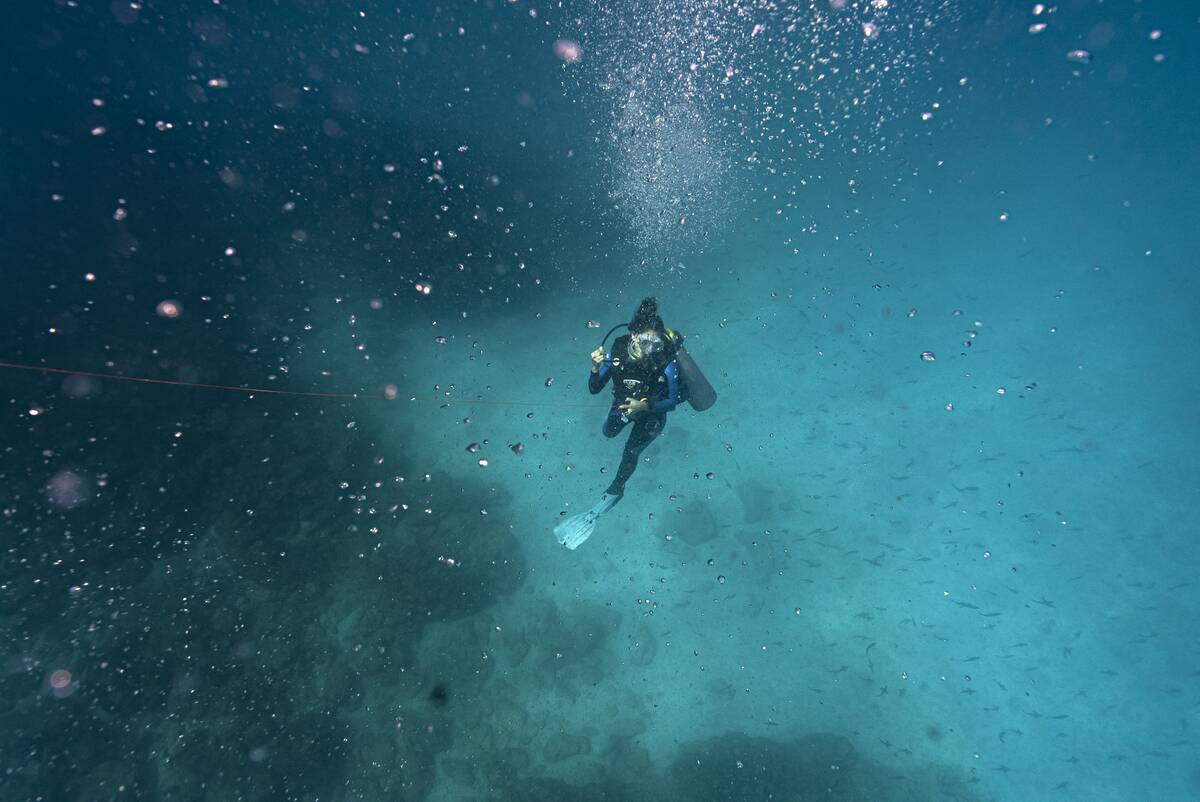
Scuba divers are on the frontline of marine conservation efforts. Many participate in programs like Project AWARE, which focuses on ocean cleanups and coral reef restoration. Divers collect debris and data on marine conditions, which is vital for scientific research and policy-making. Their firsthand experiences and stories help raise awareness about the importance of protecting our underwater ecosystems.
Weightless Wonders: The Physics of Neutral Buoyancy
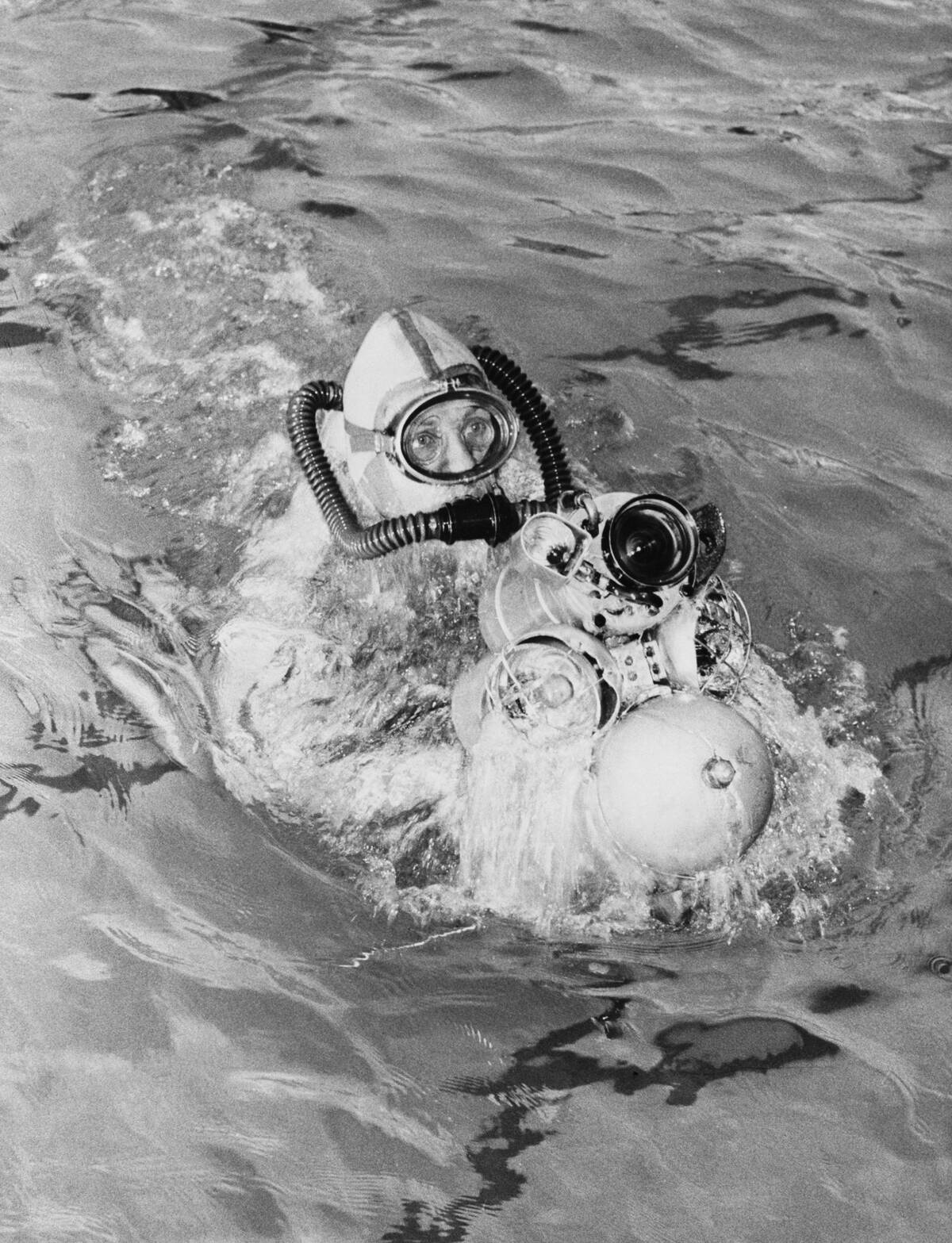
Achieving neutral buoyancy is a magical aspect of scuba diving, allowing divers to hover effortlessly in water. This state is reached by adjusting the amount of air in the buoyancy control device (BCD) to counteract the diver’s weight and the water’s density. Mastering this skill is key for conserving energy and protecting delicate marine environments from accidental damage.
The Evolution of Scuba Fashion: From Functional to Fabulous
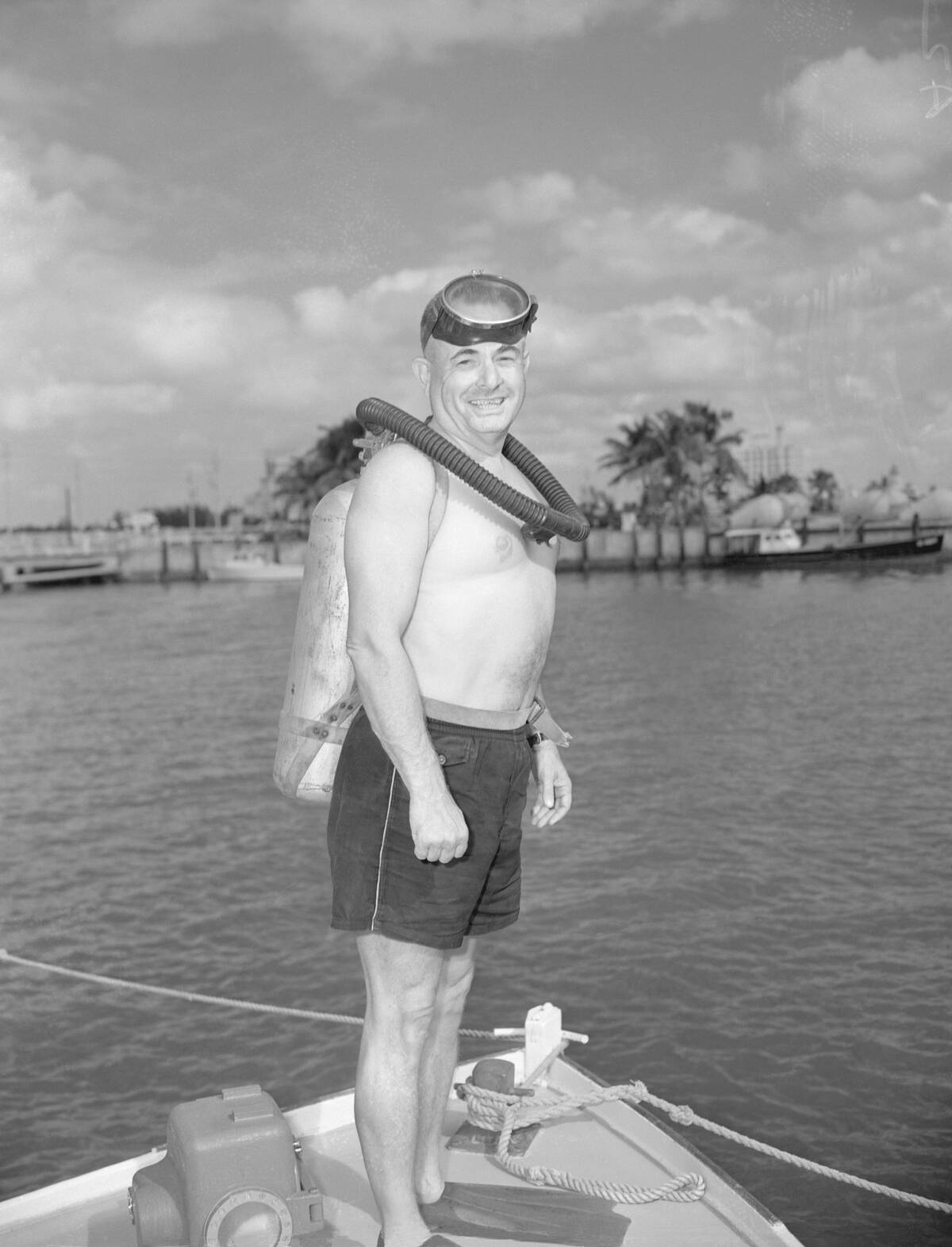
Scuba diving attire has come a long way from its purely functional origins. Early wetsuits were designed solely for warmth and protection. Today, divers can express their personality with colorful, stylish wetsuits and gear. Brands now offer a range of designs, from camouflage patterns for spearfishing enthusiasts to vibrant, eye-catching prints for those who like to make a splash.
Scuba Superstitions: Myths and Legends of the Deep
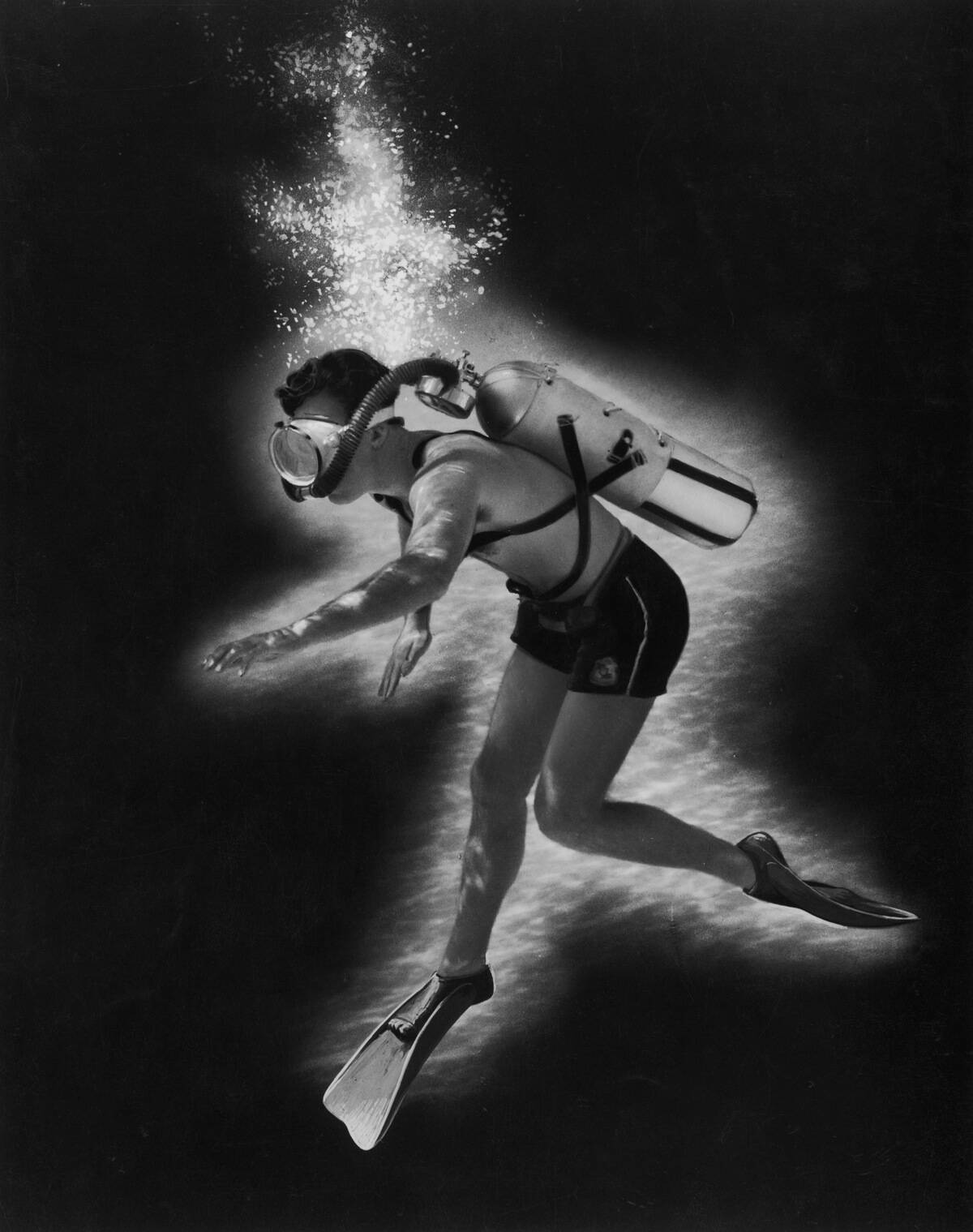
Scuba diving, like many seafaring activities, is steeped in myths and superstitions. Some divers believe that touching a sea turtle will bring good luck, while others avoid diving on certain days deemed unlucky. These legends add an element of mystery and tradition to the diving experience, connecting modern divers with the long history of storytelling that surrounds the sea.
Underwater Art Galleries: The Fusion of Creativity and Conservation
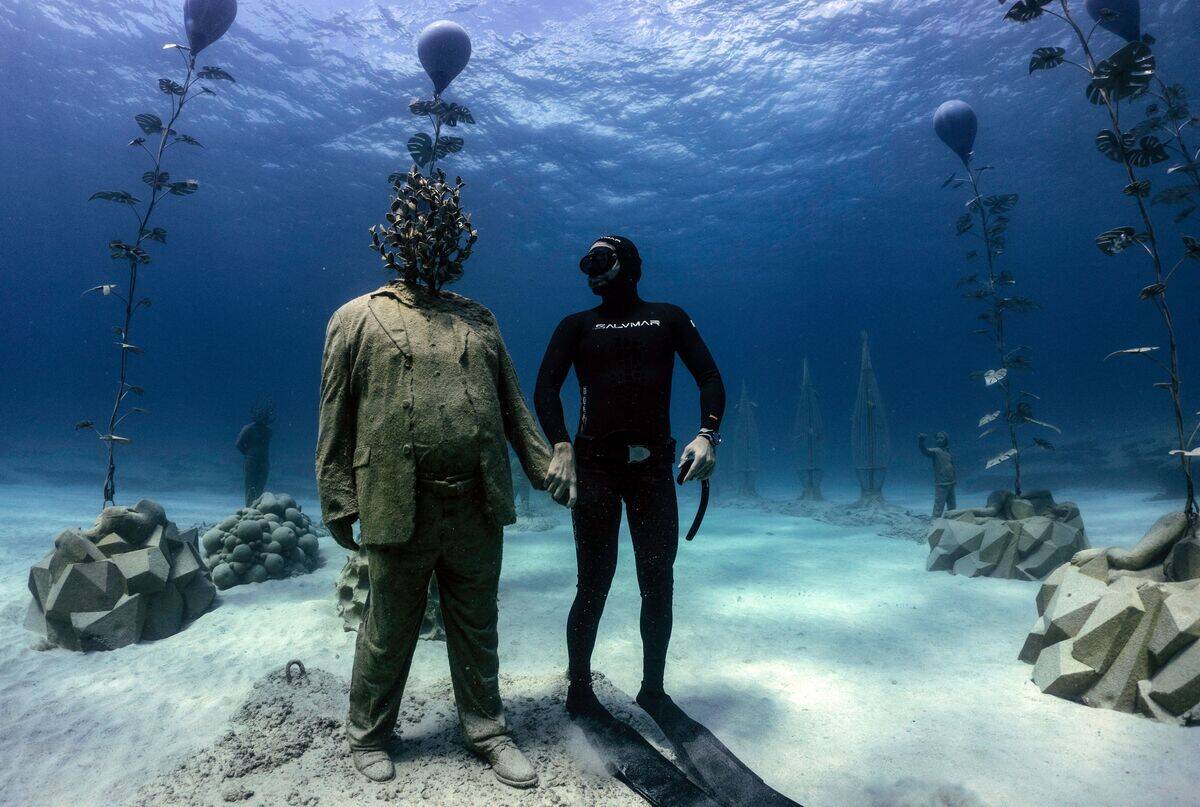
Underwater art installations are transforming coral reefs into living galleries. Artists like Jason deCaires Taylor create sculptures designed to promote coral growth, blending art with environmental activism. These installations, such as the Museo Atlántico in Lanzarote, Spain, not only attract divers but also serve as artificial reefs, enhancing marine biodiversity and supporting conservation efforts.
Scuba and Space Training: How Astronauts Prepare Underwater
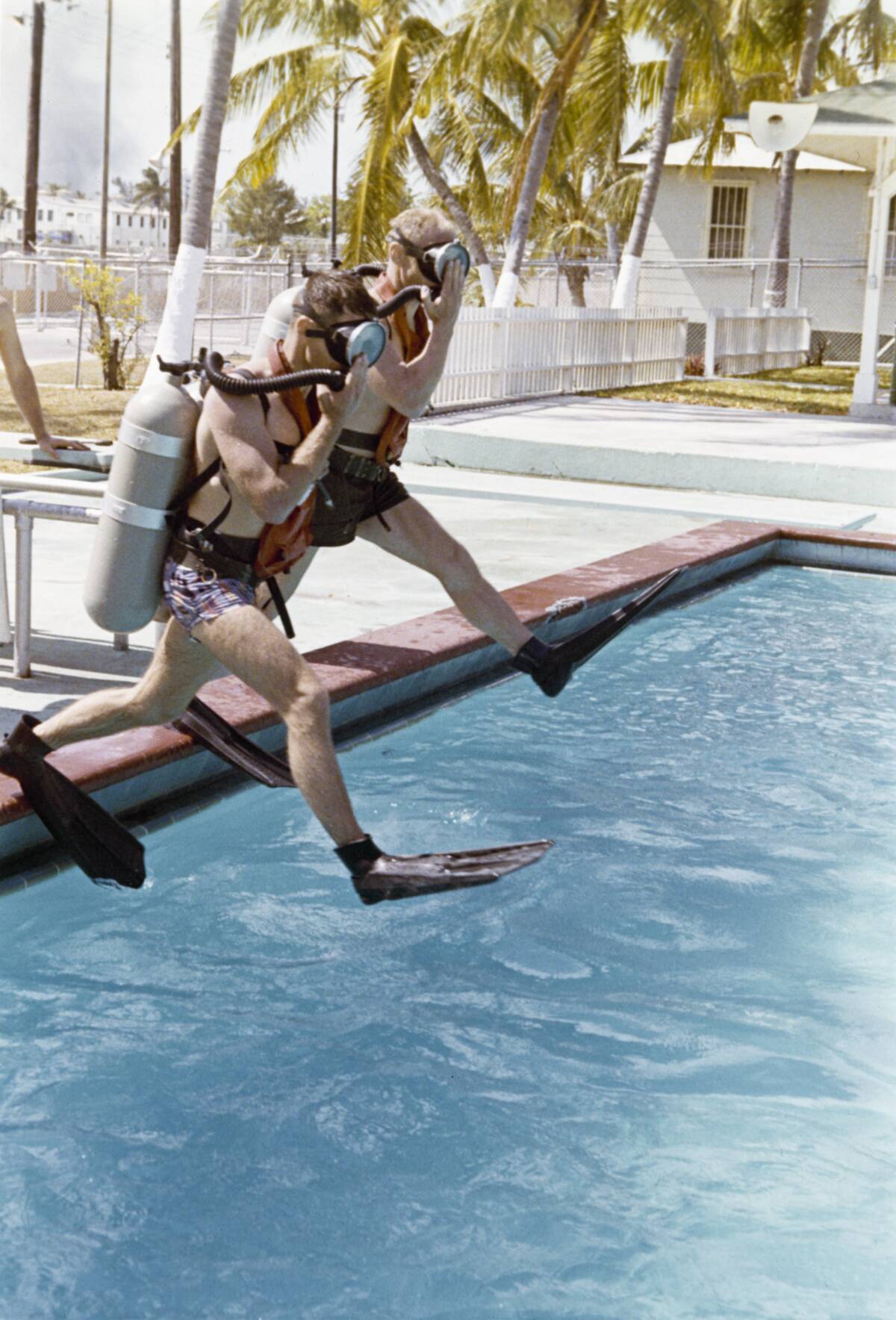
The neutral buoyancy experienced in scuba diving is similar to the weightlessness of space, making it an ideal training ground for astronauts. NASA’s Neutral Buoyancy Laboratory uses a massive pool to simulate spacewalks, allowing astronauts to practice maneuvers and repair techniques in a controlled environment. Such training underscores the versatility and importance of scuba techniques beyond recreational diving.
Bizarre Underwater Sounds: The Symphony of the Ocean
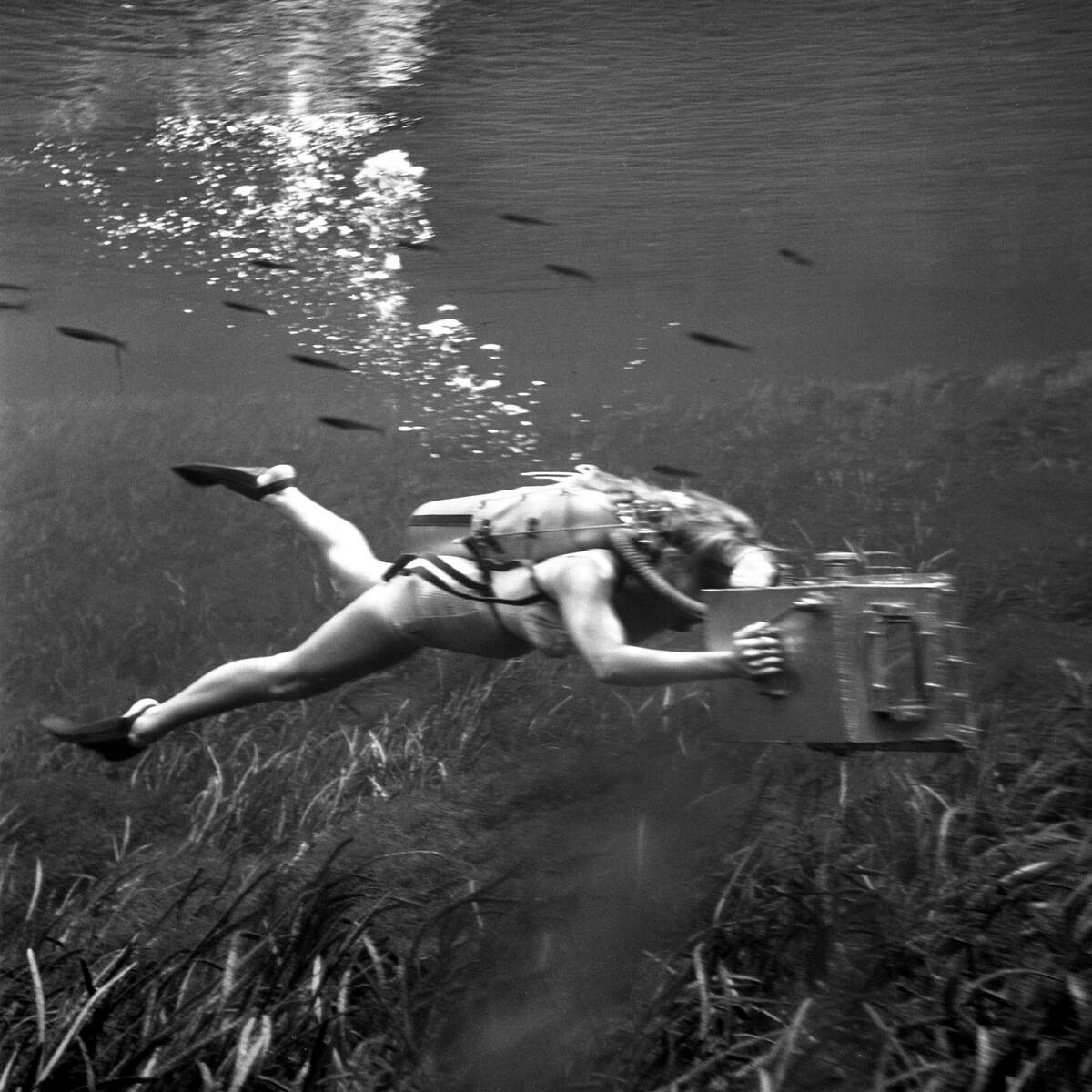
The ocean is full of strange and captivating sounds, from the clicks of dolphins to the songs of humpback whales. Divers often hear these underwater symphonies, which are amplified by the water’s ability to transmit sound more efficiently than air. Some sounds, like the mysterious ‘bloop,’ have intrigued scientists and divers alike, sparking curiosity about the unseen wonders of the deep.
The Advent of Night Diving: Discovering the Ocean’s Nocturnal Side
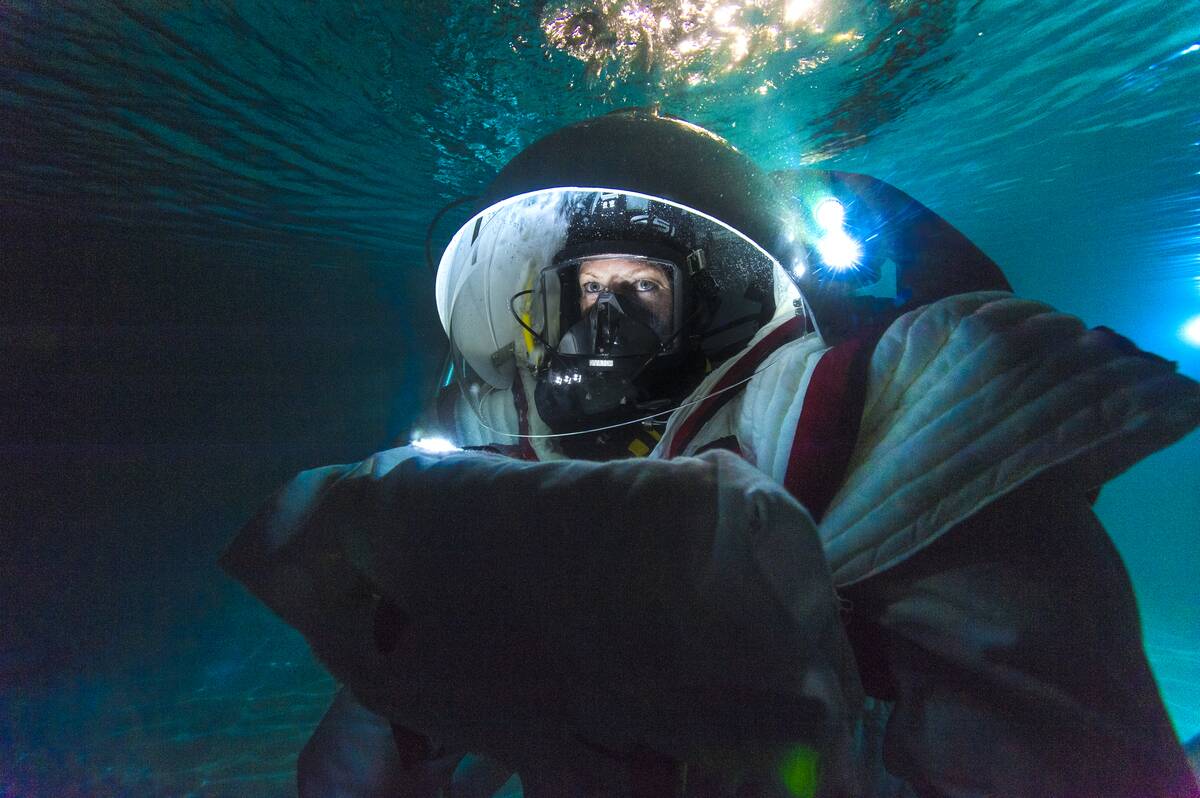
Night diving opens up a whole new world, where familiar dive sites transform under the cover of darkness. Armed with torches, divers witness nocturnal marine life such as the Spanish dancer nudibranch or bioluminescent plankton. The eerie yet enchanting experience of night diving offers a different perspective on the ocean, revealing creatures and behaviors rarely seen during the day.
The Role of Scuba in Archeological Discoveries
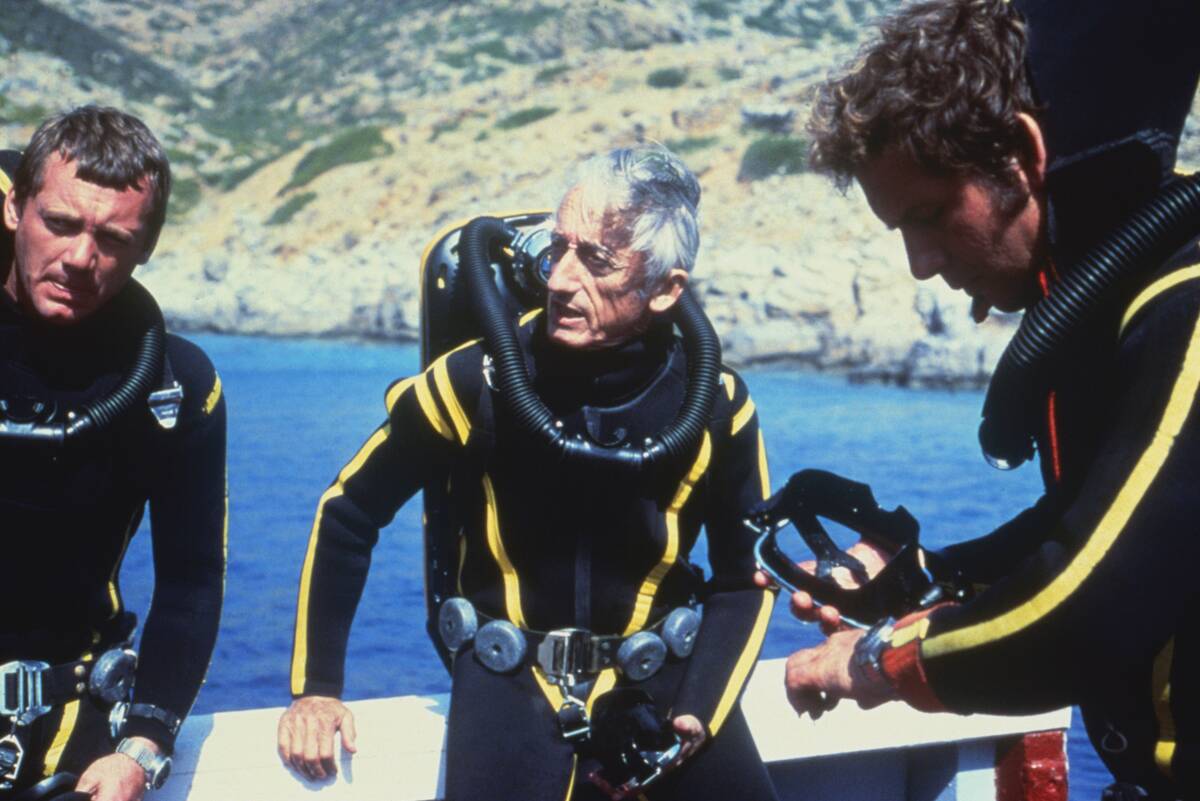
Scuba diving has unlocked access to underwater archaeological sites, revealing secrets of the past. Discoveries like the Antikythera mechanism, an ancient Greek analog computer, were made possible through diving. These underwater explorations provide invaluable insights into human history, from shipwrecks that trace trade routes to submerged settlements that tell stories of ancient civilizations lost to the sea.
Breathing Underwater: The Science Behind Scuba Gear
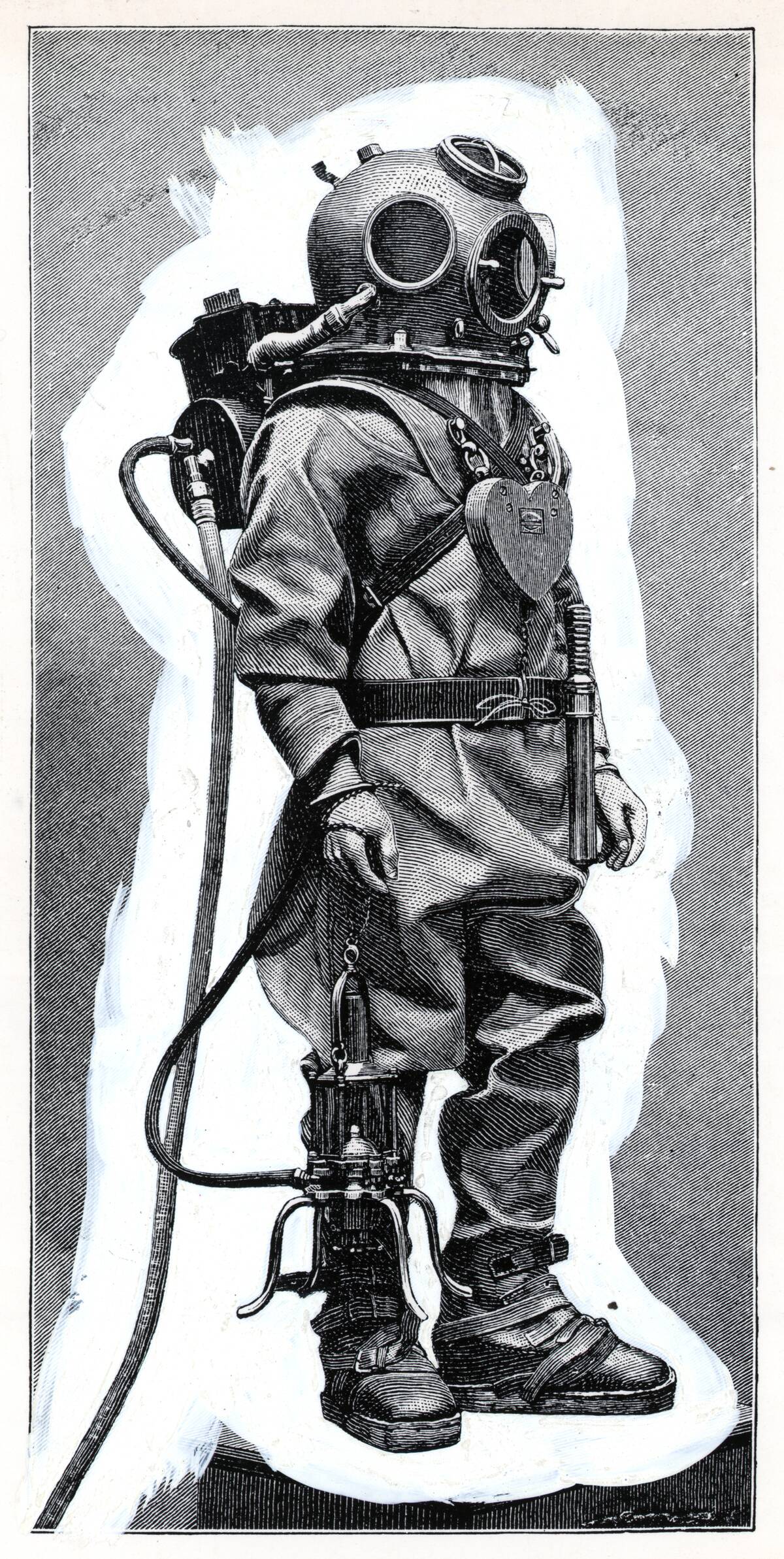
At the heart of scuba diving is the ability to breathe underwater, thanks to ingenious gear. The scuba tank contains compressed air, not pure oxygen, because pure oxygen can be toxic at depth. Regulator systems reduce the pressure of the air in the tank to match the surrounding water pressure, enabling divers to breathe comfortably and safely as they explore the marine world.
Underwater Weddings: Saying “I Do” in the Deep Blue
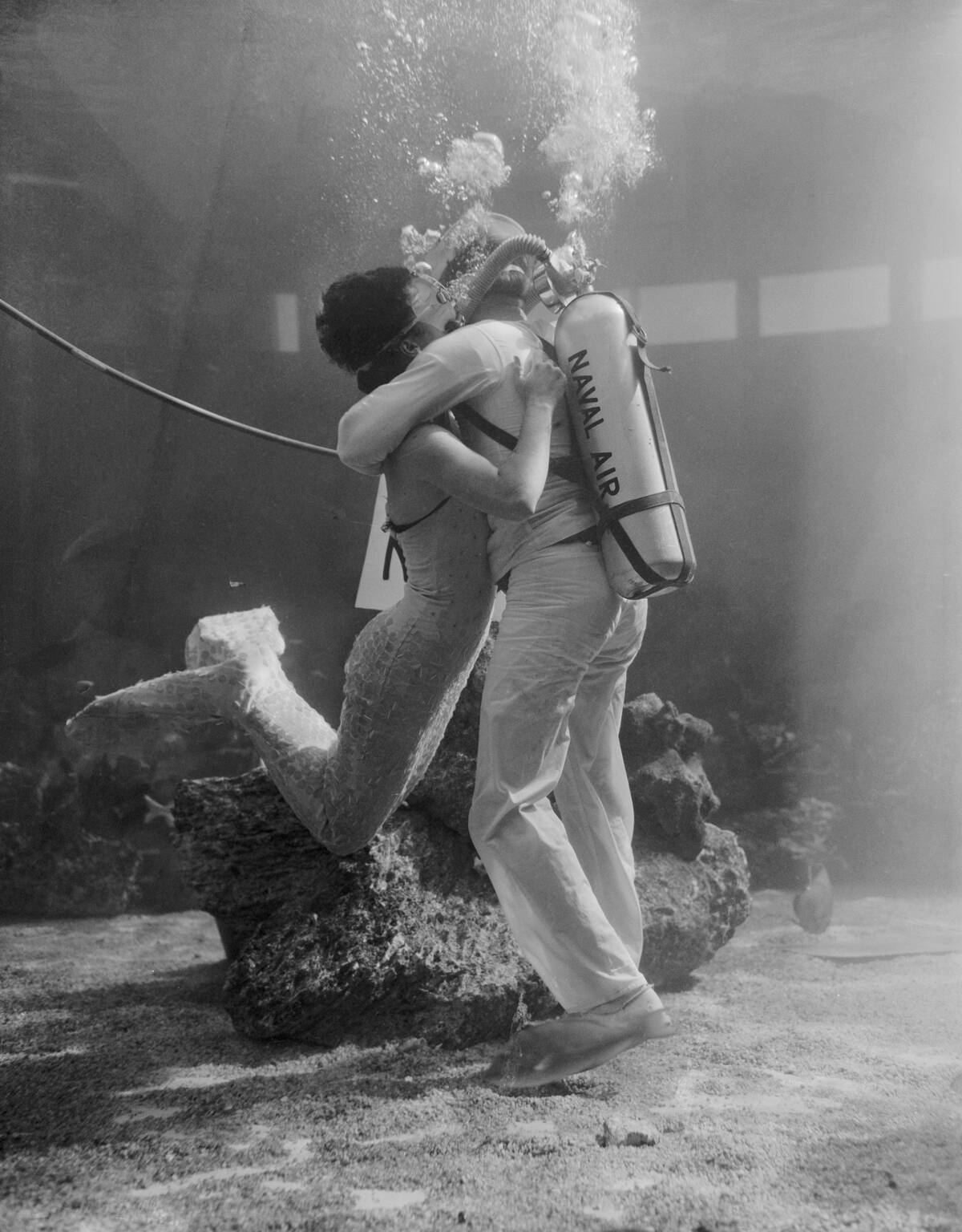
Exchanging vows beneath the waves offers a unique twist on the traditional wedding. Underwater ceremonies are often held in tropical locations, where clear waters and vibrant marine life create an unforgettable backdrop. Couples don special diving attire over their formal wear, and the event is often photographed, capturing the couple’s love story in a truly extraordinary setting.
The Thrill of Cave Diving: Entering the Earth’s Hidden Chambers
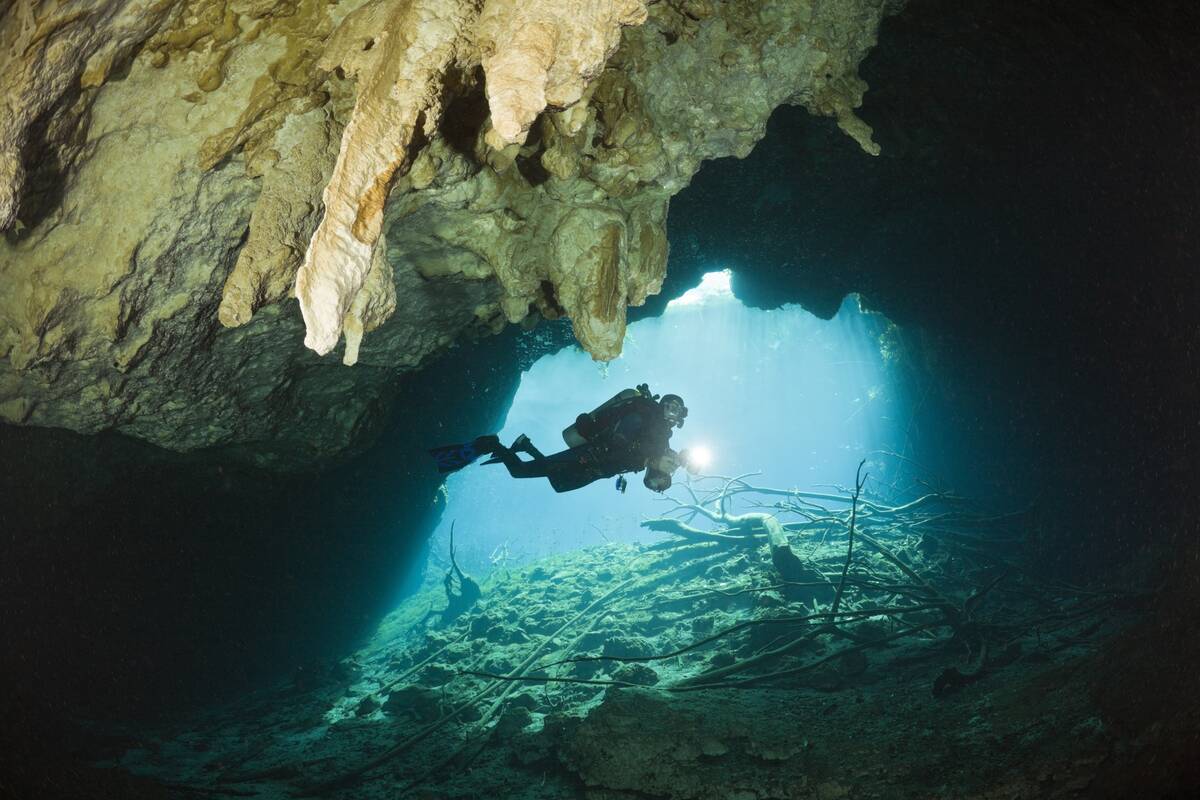
Cave diving takes scuba enthusiasts into some of the planet’s most mysterious and challenging environments. These submerged caves, like Mexico’s Cenotes or Florida’s Devil’s Eye, offer breathtaking geological formations and unique ecosystems. However, cave diving requires additional training and equipment due to its inherent risks, making it both a thrilling and demanding pursuit for the most adventurous divers.




